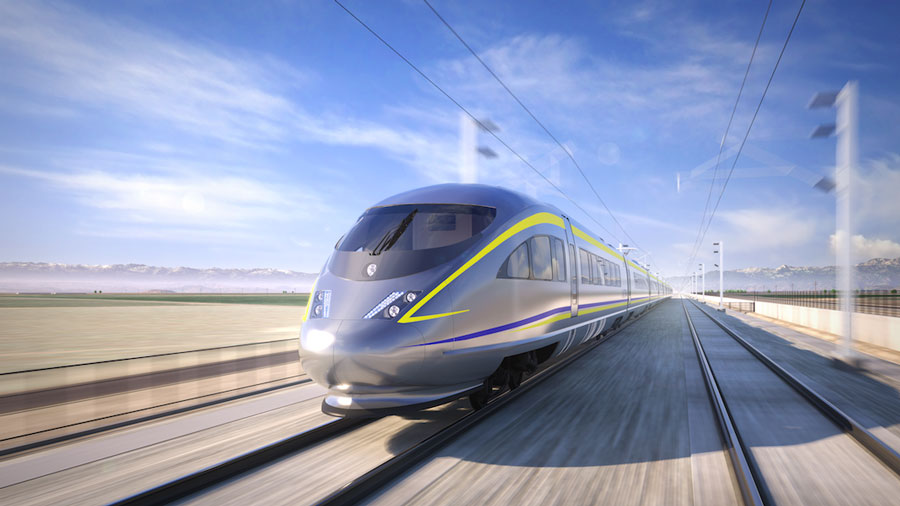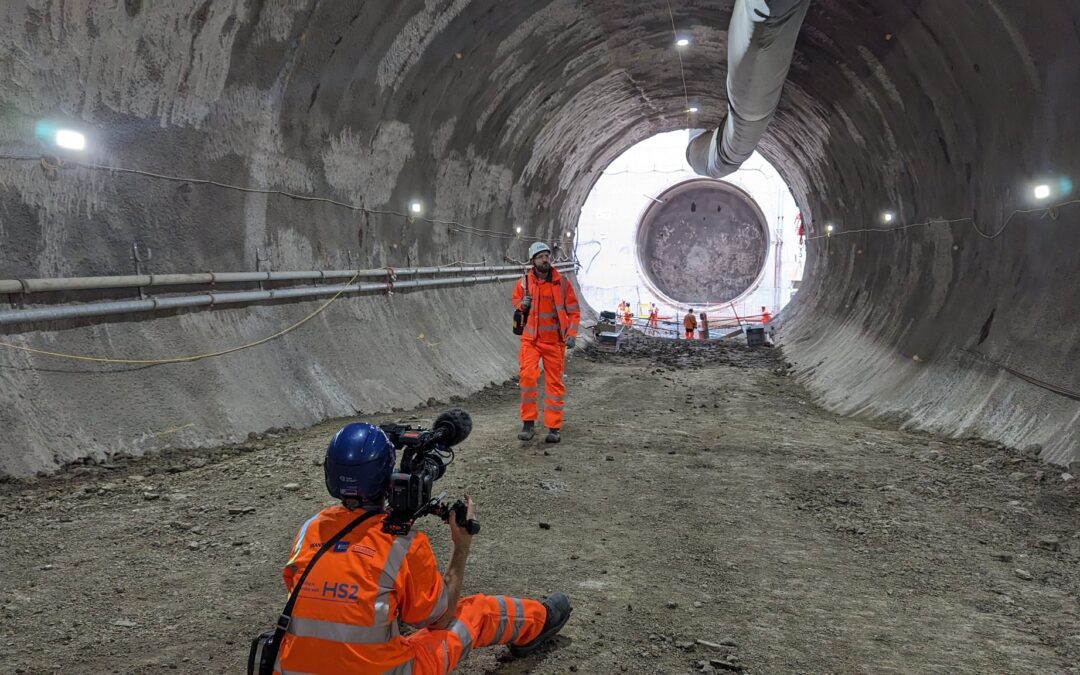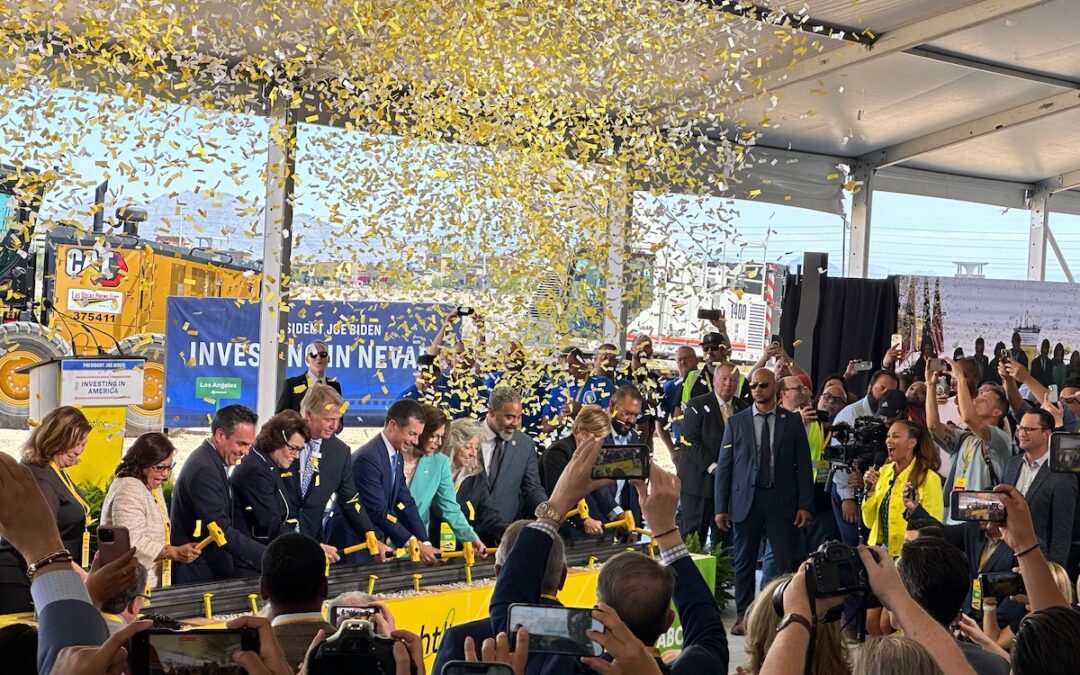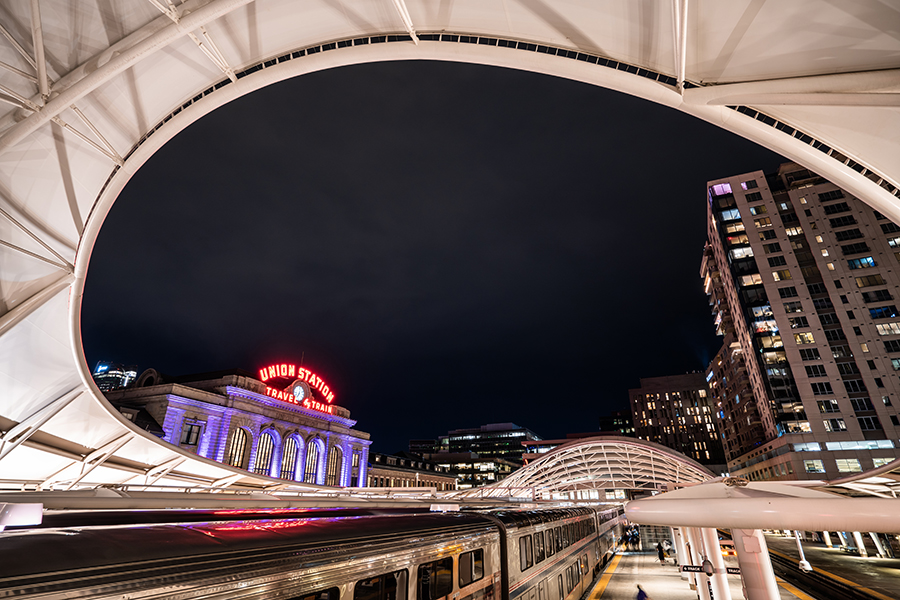10 steps need to be taken New York City’s Second Avenue subway extension opened in 2017. Five years earlier, Hamburg (German) completed an extension to the U4 line of its transit system. The projects were similar in many ways but radically different in one. Hamburg...
California High Speed Train Procurement Begins
Last week, the California High-Speed Rail Authority initiated the process for procuring the nation’s first 220 mph high-speed trainsets. Their Board of Directors approved the release of a Request for Qualifications (RFQ), asking prospective trainset manufacturers to submit their qualifications in November 2023. This is the first step of a two-step procurement process, with a Request for Proposal (RFP) to be issued to qualified teams in Q1 of 2024.
“These trainsets ensure that we are procuring the latest generation of high-speed trains for this first-in-the-nation project. We look forward to working with members of the industry as we strive to develop a market for high-speed trains in the United States.” – California High-Speed Rail Authority CEO Brian Kelly
This trainset procurement process will result in six trainsets capable of operating at 220 mph. Two trainsets to be delivered in 2028 for testing and trial running, and an additional four trainsets by the end of 2030 to support revenue operation on the initial 171-mile Merced to Bakersfield high-speed section in the Central Valley.
Read More:
California High-Speed Rail Authority Moves Closer to Buying First Trainsets
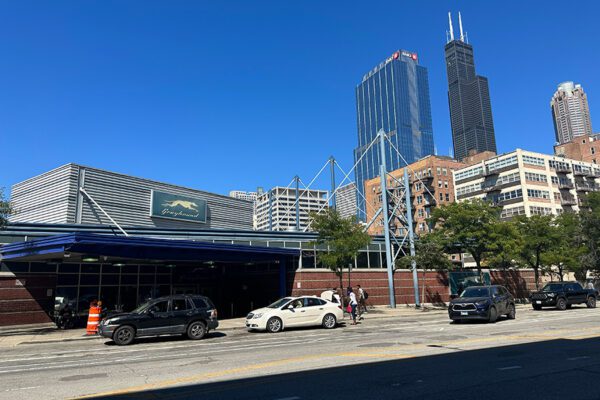
The Chicago Greyhound station.
Could the Midwest Lose Its Bus Hub?
Chicago and the Midwest can’t afford to lose the region’s intercity bus hub. The Mayor of Chicago and Governor of Illinois must act now.
Chicago is at risk of losing its intercity bus station. Greyhound’s terminal in downtown Chicago is up for sale. Without quick action by the City and/or State, it will be torn down and replaced with a high-rise. It is urgent for Mayor Johnson and Gov. Pritzker to work together to buy this critical transportation asset and help it grow its traffic.
If the connection between a bus station and high-speed rail isn’t obvious, here’s why train advocates should care about the fate of Greyhound’s Chicago terminal.
Ultimately, we seek to use better travel options as a tool to build healthier, more financially sound, and more attractive places to live and do business. Buses are already doing that, and their role should expand. They can provide geographic coverage and flexibility that trains cannot. That’s why buses are a key part of our Integrated Network Approach. New high-speed lines are the main trunk—but they won’t achieve their full potential without all the branches.
Getting to that point means building a culture of robust public investment in transportation infrastructure beyond highways and airports. Which means investing in, enhancing, and getting the most value out of the resources we already have.
In the short-term, buses should play a major role in building a culture of leaving the car at home.
You can’t get from Chicago to Columbus (OH) by train, for example. And in a heavily-traveled corridor like Chicago to Indianapolis, Amtrak offers service just three days each week—a single run that arrives near midnight. By contrast, FlixBus/Greyhound offers around 10 trips each day, scattered throughout the day.
CrossRail Chicago: The Foundation for a Modern Travel Network
CrossRail Chicago is the Alliance’s proposal to connect and upgrade existing Metra lines to create an electrified, passenger-dedicated mainline through the city. This link would provide intercity train service to key locations in downtown, as well as O’Hare International Airport. CrossRail Chicago would span the metro area with high-capacity, passenger-focused rail lines, and form the core of a Midwest high-speed rail network. Watch Alliance executive director Rick Harnish explain CrossRail Chicago, and what needs to happen at the state and federal level to make it a reality.
You can also sign the petition asking Congress to fund CrossRail Chicago.
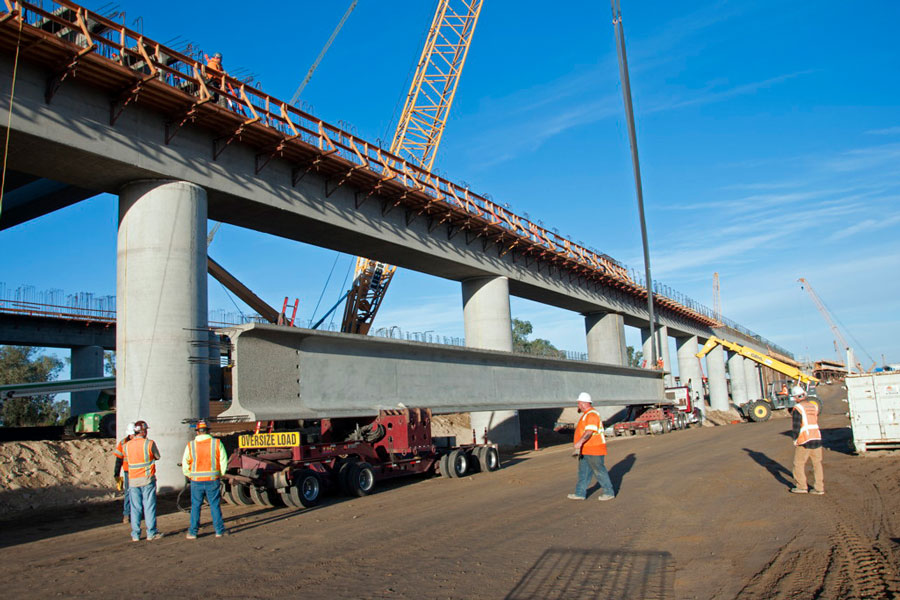
Complete California High Speed Rail In Five Years?
Watch the video of a panel discussion hosted by Streetsblog California.
The California High-Speed Rail project will fundamentally transform how people move around the state, spur economic growth, create a cleaner environment, and preserve agricultural lands and natural habitat. Construction continues every day on the project and service is slated to start within the Central Valley in 2030…but what would it take for the entire project to be done and in service from Los Angeles to San Francisco within 5 years? Watch this discussion from a panel of experts on the technical, financial and political hurdles that would need to be overcome in order to have high-speed trains running between LA and SF by the end of 2028 and what would need to happen to clear those hurdles.
9/8 Webinar: The Benefits of Regional Rail
Speaker: Rick Harnish, Executive Director, High Speed Rail Alliance
Time: Friday September 8, 12pm – 1pm CT
Regional Rail means running frequent trains on memory schedules (such as every 15 minutes in major cities, and every two hours statewide) to serve many types of travelers—not just those commuting to and from downtown for work. This change is already catching on, and the Alliance has recently featured speakers on Regional Rail proposals for cities such as Boston and Chicago. In this talk, our executive director, Rick Harnish, will explain Regional Rail’s benefits and what is needed to succeed.
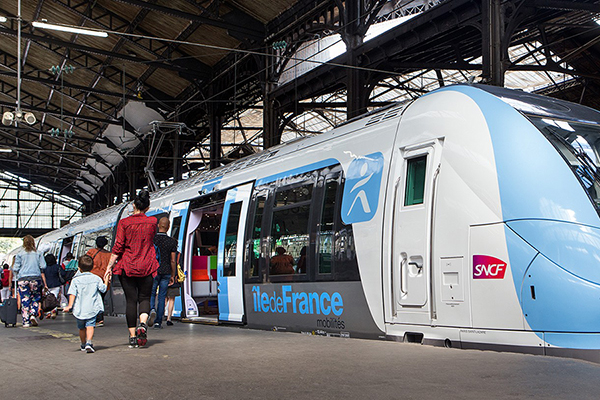
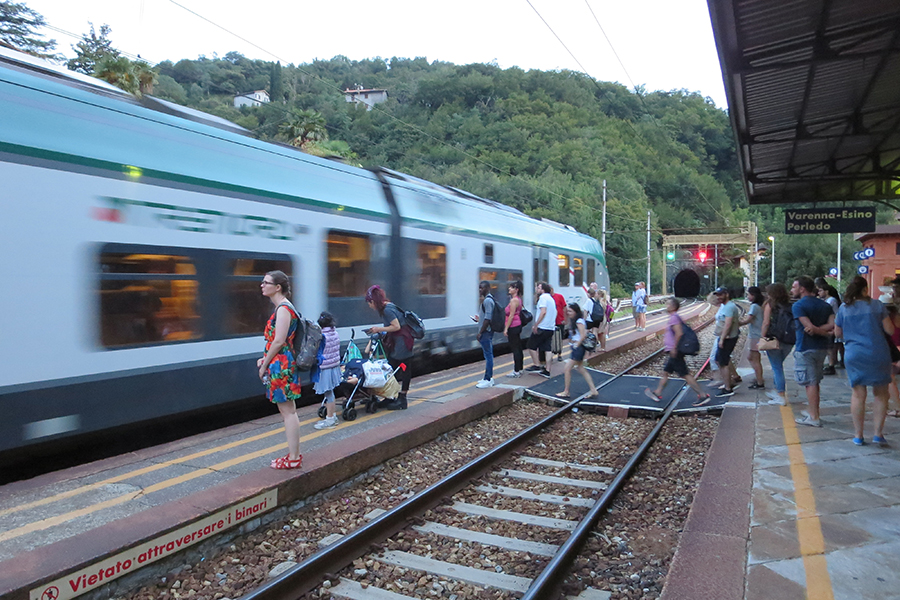
9/15 Webinar: Travel Demand Modeling for Passenger Rail
Speaker: Laura Shabe, Market Lead of Ports and Rail, Cambridge Systematics
Time: Friday September 15, 12pm – 1pm CT
Planning successful passenger-rail projects involves estimating travel demand and ridership, as well as analyzing potential benefits, such as the boost to local economies from travelers drawn by better service. We’ll hear about the complexities of this work from Laura Shabe, who serves as Market Leader for Cambridge Systematics. The firm’s range of products and services includes transportation planning, modeling and analytics, and software design and development.
Social Media Manager Position
The High Speed Rail Alliance is seeking a motivated and creative individual to join our Ambassadors Committee as a volunteer Social Media Manager. In this role, you will play a critical role in supporting our organization’s efforts to promote and advocate for high-speed rail in the United States. This part-time, unpaid position offers an excellent opportunity to gain practical experience in social media management, content creation, and digital marketing within the transportation advocacy sector.
If you’re interested, please reach out using our contact form and put “Social Media Manager” in the subject line.
Articles We Enjoyed
What Will It Take to Build a Bullet Train in Texas?
Pin Your High-Speed Hopes on 186-mph Brightline West Project
Study: Two-Thirds of Americans Know Highway Expansions Don’t Cure Traffic
Amtrak Exercises Contract Option for 10 More Airo Trainsets
High-Speed Train Popularity Skyrockets in Spain, Says Market Authority
Brightline’s Miami-Orlando Route is Pushed Back Again. What to Know About the Change. (Miami Herald)
Lexington Passenger Rail Proposal Sparks Unprecedented Community Interest
Madison Square Garden Property Could Be Subject to Condemnation for Penn Station Rebuild
Amtrak Reveals New Long-Distance Transit Concepts at Accessibility Hearing
Track Work for Mumbai-Ahmedabad High Speed Rail Corridor Begins (The Economic Times)
The Latest from HSRA
Our Latest Blog Posts
Check out the latest news, updates, and high speed rail insights from our blog!
